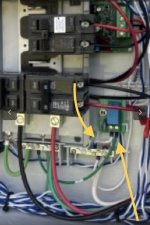MisterMoSparky
Member
- Location
- WV
- Occupation
- Residential Service Electrician
I attached some photos of an outdoor service we completed yesterday. We also replaced the indoor panel. Originally it was a standalone meter. We now have G-N bonded in the Meter Combo and G-N separated inside the home. Originally the solar setup this customer had there was a bonding screw in the AC disconnect and also a bonding jumper in the white box to the left. I showed my inspector this while he was looking at our work and asked his opinion. He said the neutral and grounds are already bonded in this junction box at the meter socket so he then proceeded to take out the bonding screw in the AC disconnect. I didn’t want to touch the other bonding jumper because this was another company’s work but I honestly don’t think it should be there. When the lineman went to put the meter socket back in I placed the white jumper into this small lug inside the utility portion that is bonded to the enclosure neutral and ground bar. Inspector advised me to do this instead of double tapping the neutral like the old set up was which I agree with.
Attachments
-
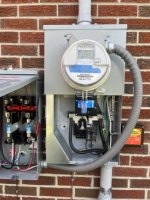 IMG_1287 Medium.jpeg106.1 KB · Views: 20
IMG_1287 Medium.jpeg106.1 KB · Views: 20 -
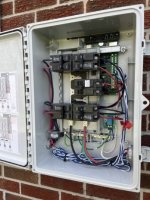 IMG_1291 Medium.jpeg100.6 KB · Views: 20
IMG_1291 Medium.jpeg100.6 KB · Views: 20 -
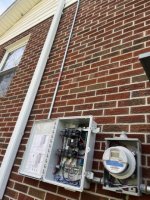 IMG_1292 Medium.jpeg135.3 KB · Views: 18
IMG_1292 Medium.jpeg135.3 KB · Views: 18 -
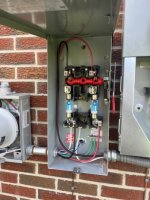 IMG_1286 Medium.jpeg94.5 KB · Views: 15
IMG_1286 Medium.jpeg94.5 KB · Views: 15 -
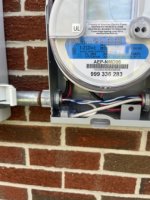 IMG_1288 Medium.jpeg78.6 KB · Views: 14
IMG_1288 Medium.jpeg78.6 KB · Views: 14 -
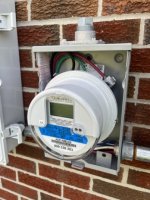 IMG_1289 Medium.jpeg95.4 KB · Views: 15
IMG_1289 Medium.jpeg95.4 KB · Views: 15 -
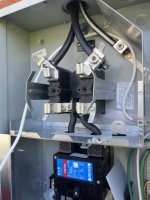 IMG_1284 Medium.jpeg76.9 KB · Views: 15
IMG_1284 Medium.jpeg76.9 KB · Views: 15 -
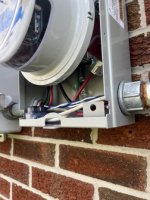 IMG_1290 Medium.jpeg89 KB · Views: 18
IMG_1290 Medium.jpeg89 KB · Views: 18


